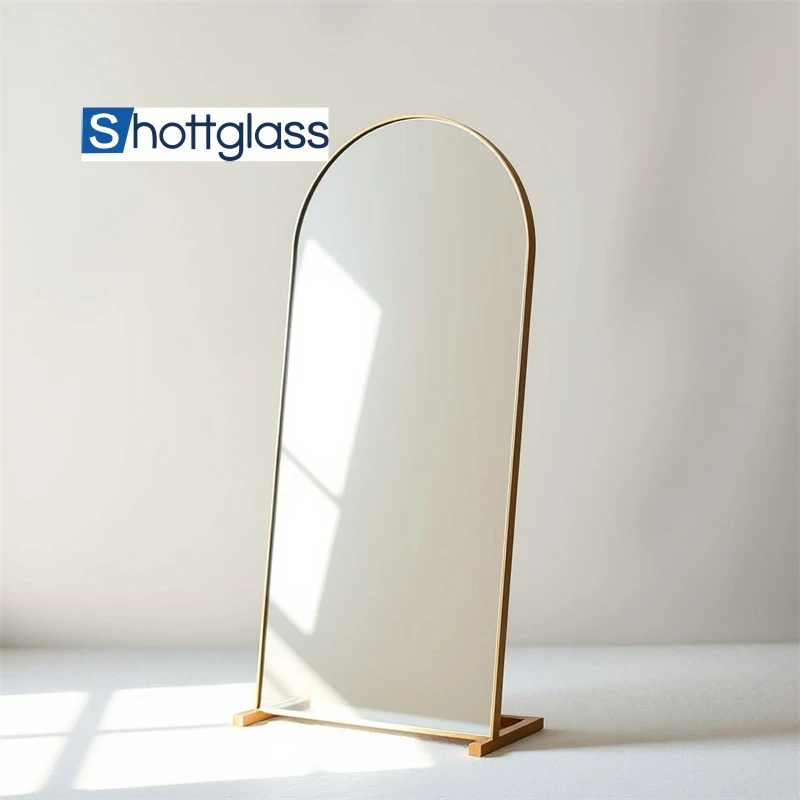Sep . 19, 2024 18:24 Back to list
tempered laminated glass specification
Understanding Tempered Laminated Glass Specifications
Tempered laminated glass is an advanced glazing product widely used in modern architecture due to its strength and safety features. This type of glass combines two important processes tempering and laminating. Tempered glass is heat-treated to enhance its strength, while lamination involves sandwiching an interlayer (typically made of polyvinyl butyral, PVB) between two or more layers of glass. The result is a product that not only withstands impact but also holds together when shattered, minimizing the risk of injury from broken shards.
Specifications and Standards
When discussing tempered laminated glass, several key specifications and standards must be considered to ensure quality and safety. These specifications cover aspects such as thickness, size, mechanical properties, optical properties, and safety certifications.
1. Thickness The thickness of tempered laminated glass can vary, typically ranging from 6mm to 25mm or more, depending on the application. Thicker glass is often used for structural applications or in high-security environments, while thinner versions may be suitable for residential use.
2. Size Standard sizes of tempered laminated glass can be customized based on project requirements. It is crucial to ensure that the dimensions meet local building codes and regulations. Custom cutting abilities allow designers and architects to achieve unique aesthetics and fit specific architectural designs.
3. Mechanical Properties The mechanical strength of tempered laminated glass is a significant factor in its performance. It is essential that the glass meets or exceeds the standards set forth by organizations such as ASTM (American Society for Testing and Materials) and EN (European Norms). These standards define parameters such as tensile strength, shear strength, and resistance to thermal stress.
tempered laminated glass specification

4. Optical Properties The transparency and clarity of tempered laminated glass are vital for aesthetic purposes. Accredited testing methods, such as those defined by ISO (International Organization for Standardization), evaluate the optical quality of the glass, ensuring minimal distortion and high light transmission.
5. Safety Certifications To ensure reliability and compliance, tempered laminated glass must meet safety standards. In the United States, for example, compliance with ANSI Z97.1 and CPSC 16 CFR 1201 is critical. In Europe, compliance with EN 12600 is required. These certifications guarantee that the product can withstand certain impact levels without breaking into dangerous fragments.
Applications
The distinct properties of tempered laminated glass make it suitable for a wide range of applications. It is commonly used in facades, curtain walls, skylights, and glass doors, providing both aesthetic appeal and structural integrity. Additionally, it is frequently utilized in environments where safety and security are paramount, such as schools, hospitals, and public transportation structures.
Conclusion
In conclusion, understanding the specifications of tempered laminated glass is crucial for architects, designers, and builders. By adhering to established standards and choosing the right thickness, size, and safety certifications, stakeholders can ensure the glass performs effectively while enhancing the beauty and functionality of their projects. Whether for aesthetic or safety reasons, tempered laminated glass remains a premier choice in contemporary construction.
-
The Science of Laminated Glass
NewsAug.29,2025
-
Reflective Glass Facades: Modern Aesthetics and Energy Efficiency
NewsAug.29,2025
-
Mirror Glass: Transforming Commercial Spaces
NewsAug.29,2025
-
Insulated Glass: Energy & Cost Benefits
NewsAug.29,2025
-
Frosted Glass Walls: Modern Partition Solutions
NewsAug.29,2025
-
Blue Coated Glass: Features and Benefits
NewsAug.29,2025
Related PRODUCTS














